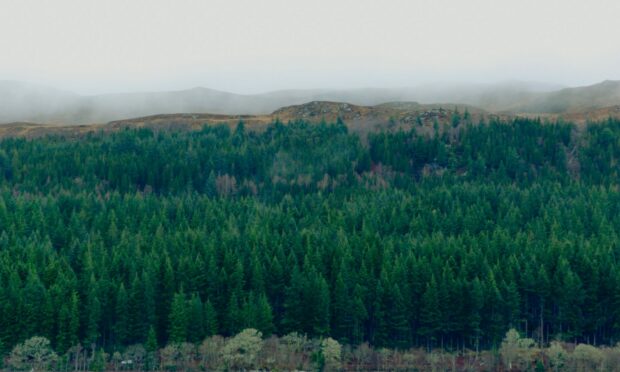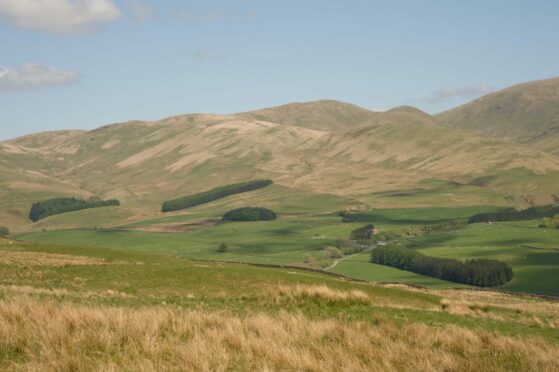The Rural Land Market Insights Report recently published by the Scottish Land Commission adds welcome facts and figures to the growing body of anecdotal evidence around land market developments and the rate of land use change in Scotland.
For several years farmers have pointed to the loss of farmland to forestry and re-wilding, in particular tenant farmers who are facing resumptions on secure leases and the termination of fixed term leases.
At the same time community groups and other local buyers interested in acquiring land have lost out to a new breed of “green lairds”, usually large corporate bodies who pay inflated prices in private deals.
The report’s statistics back up the stories we’ve heard in recent years: a 60% increase in values in 2021 for poor grazings and grassland in Scotland targeted at forestry; 64% of estate sales in 2021 happened off-market (sold privately), double the previous norm; and half of all Scottish estates purchased in 2021 were sold to corporate bodies, with a third to overseas buyers.
Compared with the rest of the UK, the report shows that Scotland is disproportionately affected by land use change, with Scotland providing 76% of the UK commercial forestry land market in 2021 and 62% of plantable land sales in 2021.
Of concern for our food security is a reported increasing shift towards acquiring better quality farmland for forestry.
Large-scale corporate buyers are attracted by Scotland’s concentrated land ownership, allowing for the purchase of a large block of land in a single deal. In contrast, city funds buying land in Wales find themselves inconvenienced by the need to negotiate with many small land owners in order to purchase sizeable parcels of land.
These trends are a clear challenge to some of the Scottish Government’s stated land reform aims, in particular increasing diversity of land ownership; expanding community ownership; and promoting the tenant farming sector.
Instead we are seeing the opposite happening: the concentration of land ownership through purchases by corporate bodies, the exclusion of local and community buyers through inflated prices and off-market deals; and the displacement of tenant farmers to make way for commercial forestry.
Some have called it the new Highland Clearances.
The report has shone a light on these trends, and they recognise that action is required to ensure that our land delivers not just green and carbon benefits but also wider social and economic benefits.
Given that these developments are a consequence of current government policies, specifically around taxation, forestry, and biomass, it follows that government should be able to address these problems.
Our own food production capacity would be better served by greater support for integrating small-scale on-farm woodland creation instead of the current Forestry Grant Scheme options which favour large-scale forestry, resulting in the loss of whole farms.
The success of other smaller-scale tree planting schemes, for example the South of Scotland Tree Planting Grant, show that farmers will plant farm-appropriate woodlands if accessible schemes are offered.
With the UK now importing 46% of consumed food by value, Marie Gougeon the Rural Affairs Cabinet Secretary, has called for a UK summit to address threats to fragile global food supply chains disrupted by the invasion of Ukraine.
Given the scale of land use change away from agriculture indicated by the commission’s report, future threats to our food security may be closer to home and a consequence of domestic policies from both Holyrood and Westminster.
Christopher Nicholson is chair of the Scottish Tenant Farmers’ Association.


